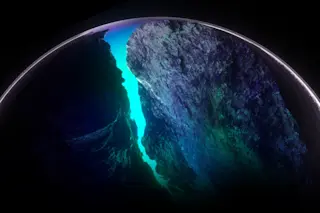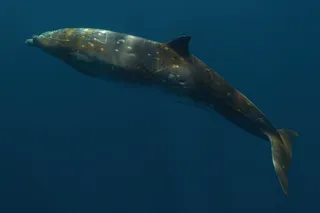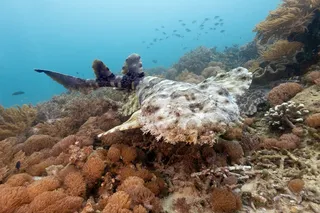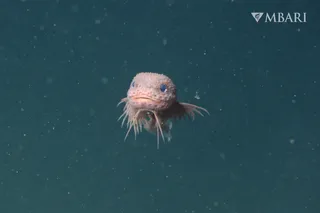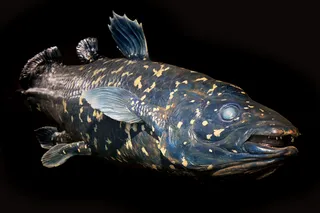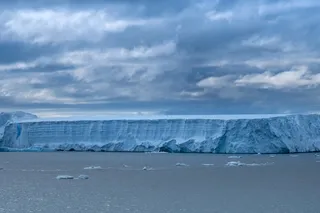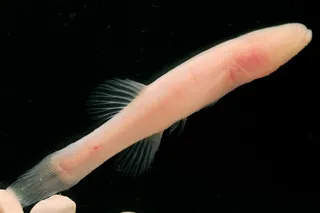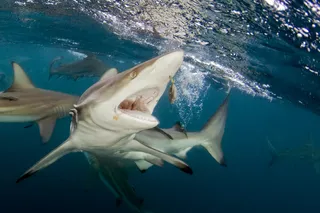The Mariana Trench is the deepest part of the ocean. Its deepest point, known as the Challenger Deep, reaches approximately 10,984 meters (36,037 feet) below sea level, making it the deepest known point on Earth.
The Mariana Trench was first discovered and identified in 1875 during the Challenger expedition, a pioneering oceanographic expedition led by the British Royal Navy. This expedition, which lasted from 1872 to 1876, was aimed at exploring the depths of the world's oceans.
Very few people have descended to the Challenger Deep, the deepest part of the Mariana Trench. This includes the historic trip by Jacques Piccard and Don Walsh in the Trieste in 1960, James Cameron's solo dive in 2012, and several dives by Victor Vescovo and his team in 2019.
The ocean is unfathomably deep. So deep that the Mariana Trench, hidden beneath the ocean’s waves, would surpass Mount Everest in height, if our ...


